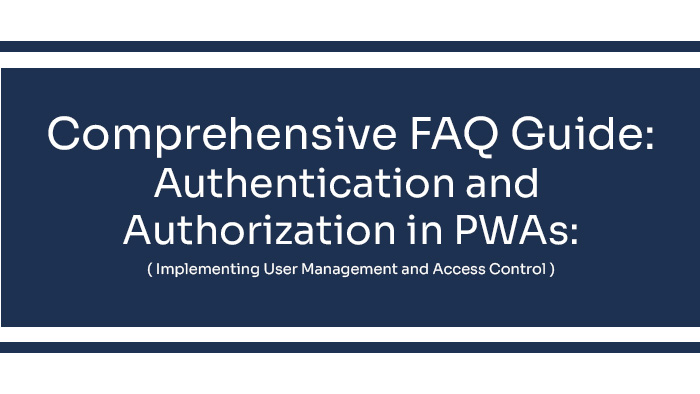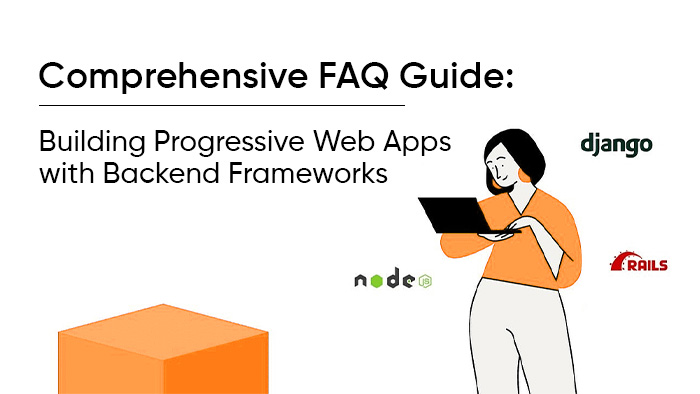What are the security considerations in cross platform application development?
Cross-platform application development offers many benefits, such as code reusability, faster development process, and wider reach. However, it also introduces unique security considerations that need to be addressed for securing the application and protecting user data. 1. Data Encryption and Storage: Ensure that sensitive data, such as user credentials, personal information, or financial details, is properly encrypted both during storage and transmission. Use strong encryption algorithms and follow industry best practices for key management. 2. Secure Communication Channels: Secure communication between the application and its back-end servers by using Transport Layer Security (TLS) protocols or other secure communication protocols like HTTPS. This helps in protecting data transmitted over the network from interception or unauthorized access. 3. Secure Authentication and Authorization: Implement robust authentication and authorization mechanisms to ensure that only authorized users can access the application and its functionalities. Utilize strong password policies, two-factor authentication, or biometric authentication, as appropriate. 4. Regular Updates: Regularly update the application and its dependencies to

